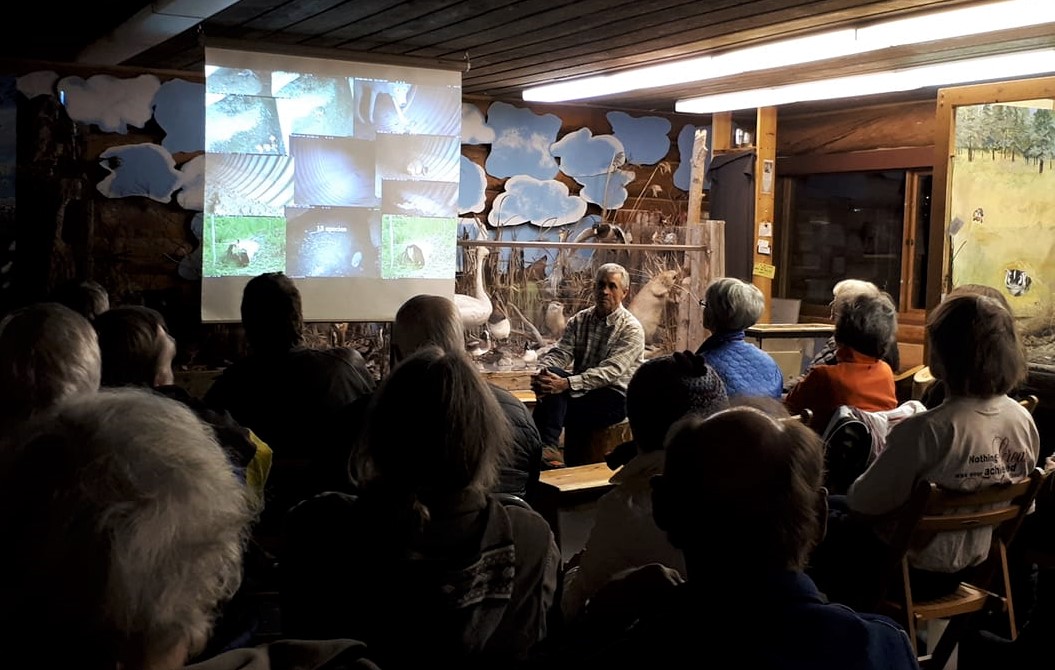An assessment on how many animals used culverts to cross Highway 97 from Knife Creek to 150 Mile showed surprising results when it came to badgers.
With the help of his daughter Jill who works with Parks Canada, retired biologist Roger Packham installed 14 cameras inside and outside of culverts last year.
“We knew that area was one of the badger mortality hotspots in the Cariboo so that was the area that was eligible for some federal funding,” Packham said noting badgers are red-listed in B.C. and endangered in Canada.
“I’ve been working with badgers for the last fifteen years trying to recover badgers in British Columbia and studying badgers since 2003 so just trying to learn about them and their biology, and so on. The major mortality factor for badgers is roadkill and that area between 150 Mile and Knife Creek is one of the areas where badgers are mostly killed in the Cariboo.”
From June 8 to October 11, 2018, 1,904 animals including long-tailed weasels, Columbian ground squirrels, and even foxes and cats were captured by the cameras using the culverts to cross the road.
A total of 11 different badgers utilized the culverts 436 times.
“I don’t think there’s ever been that number of badger crossings recorded in any area in that short of time ever before in British Columbia,” Packham said.
“So I was quite surprised.”
Packham said they are speculating that because badgers are a grassland, open forest-dwelling species, they were one of the winners out of the mountain beetle epidemic and 2017 wildfires.
He said although literature tells you that badgers are mostly nocturnal, their studies that they have been doing since 2003 have indicated that Cariboo badgers are not as nocturnal as the data generally suggests.
“The data that we collected with our cameras certainly supports that,” Packham said.
“Close to 70 percent of all the badgers that went through culverts went through between 9 o’clock in the morning and 6 o’clock at night.”
Packham’s assessment did not include mice.
He estimates that 38% of the culverts within the area are unpassable or not suitable for animals to use as crossings.
Packham is now exploring to launch a fencing project south of 150 Mile and is working with a UBC Professor who is developing facial recognition for badgers.
“The British Columbia Badger Recovery Team has always been wanting to try to reduce the number of badger mortalities on highways in British Columbia,” he said.
“One of the things we’ve been thinking about is how do you reduce those number of mortalities to be able to recover the badger population in B.C. and one way of doing that would be to build fences to prevent badgers from getting on highways in the first place so that’s been one of our objectives for years.”
Something going on in the Cariboo you think people should know about?
Send us a news tip by emailing [email protected].








